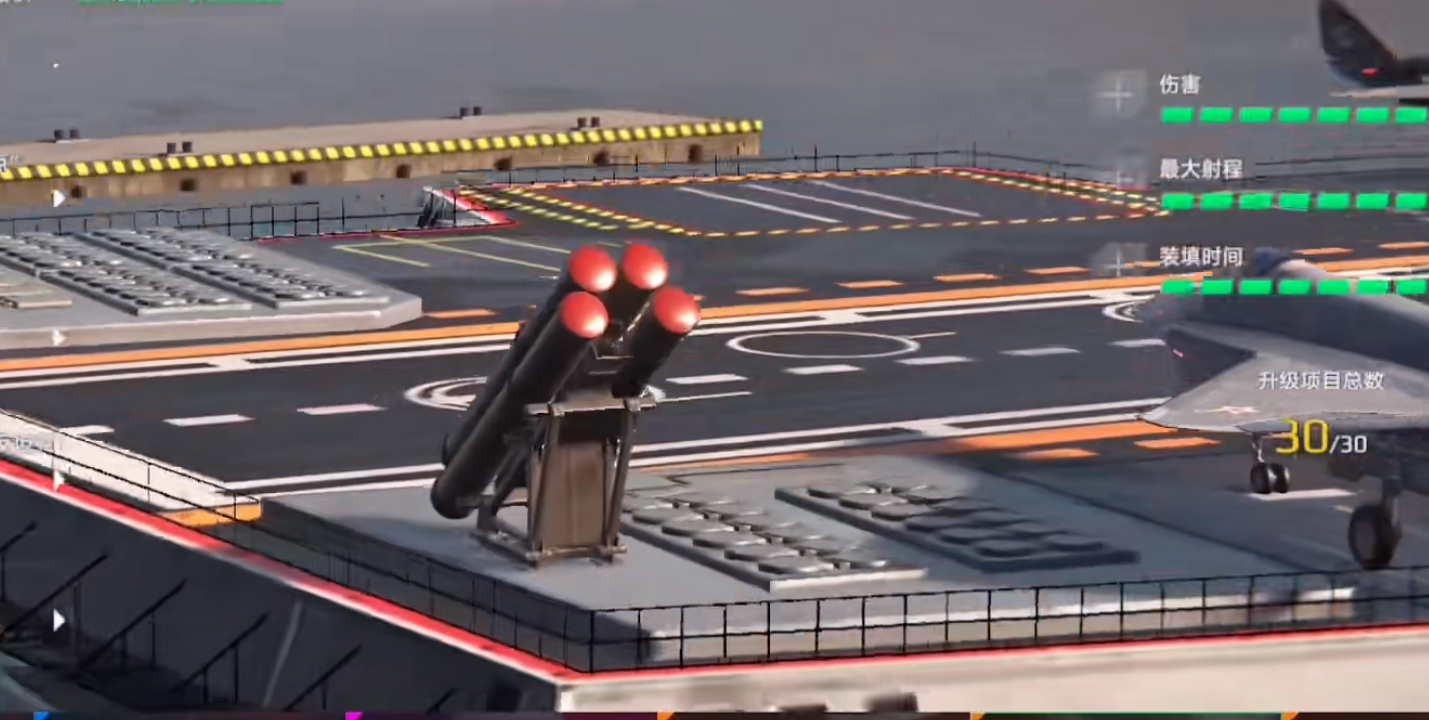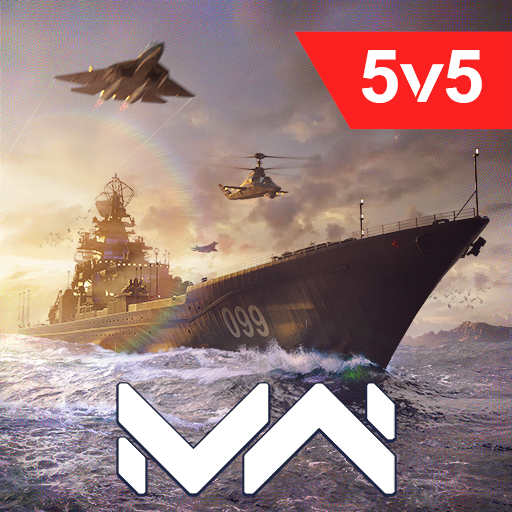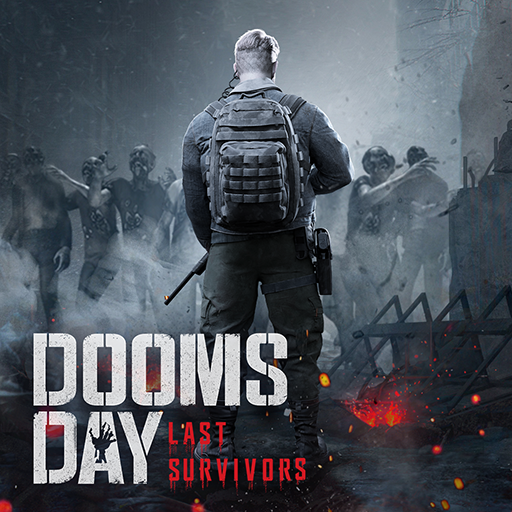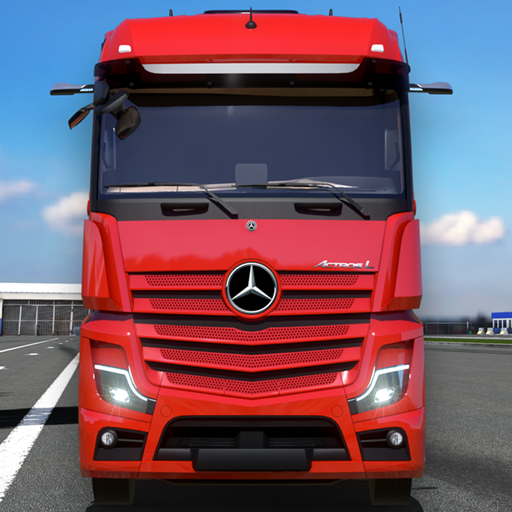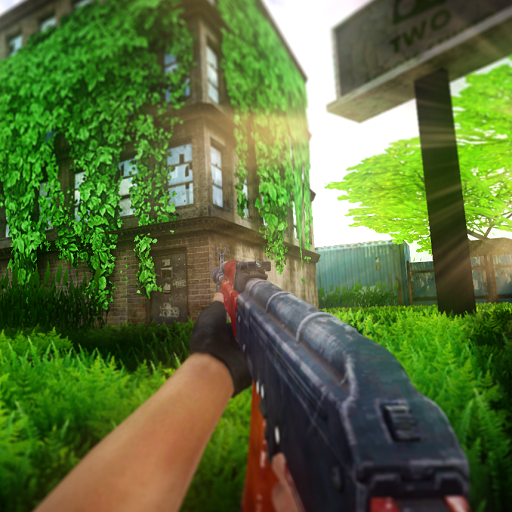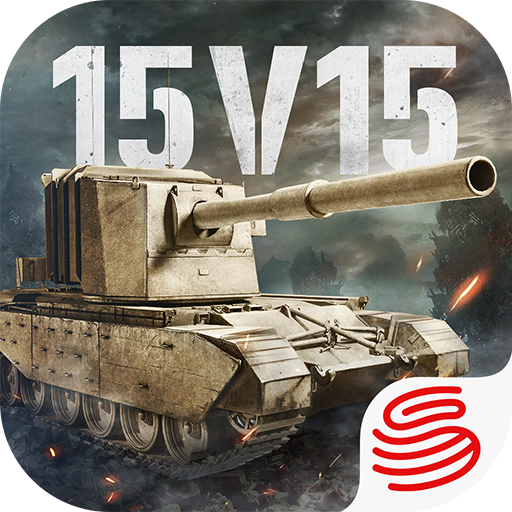The return of carrier aircraft is a core operation in maintaining firepower for modern warships, directly affecting combat endurance and resource efficiency. Today, I will introduce how to make carrier aircraft return in modern warships. If the aircraft are not returned in time and run out of ammunition and fuel, they become useless. Below, from how to press the button to practical use, I will introduce the operation to ensure you can optimize the management of carrier-based aircraft.

In the game, you need to manually trigger the return: click on the return aircraft icon at the top right corner (as shown in Figure 3), select the aircraft group that needs to return, and then click on the carrier or designated landing area. For some models like the WZ-19, it is necessary to plan the route in advance to avoid enemy air defense fire interception. During the return, the aircraft will automatically avoid exposed enemy air defense circles but cannot evade undetected hidden fire.
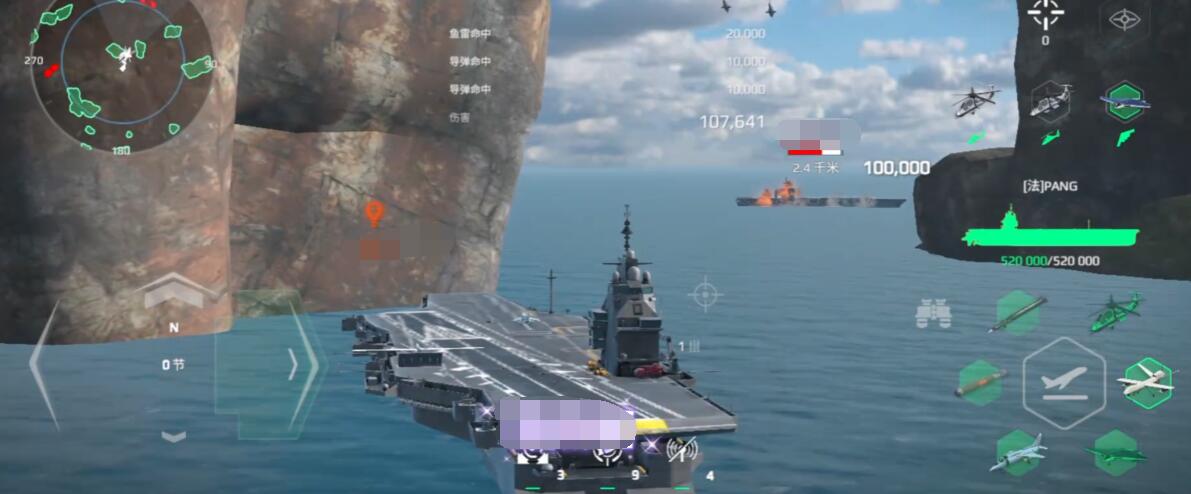
When the aircraft's fuel bar (yellow progress at the top of the screen) is below 30%, it must return. Even if there is enough fuel, the aircraft must return to replenish when the ammunition is exhausted. In practice, it is recommended to adopt a strategy of returning in batches: for example, bombers should return immediately after dropping bombs, while fighters retain some fuel to continue escorting. If the enemy's air defense fire is dense, high-risk aircraft groups can be recalled early to reduce losses, and manually adjusting the return route can significantly improve survival rates. Click on the map interface, drag the route behind mountains or friendly air defense circles, and use the terrain to block and avoid fire.
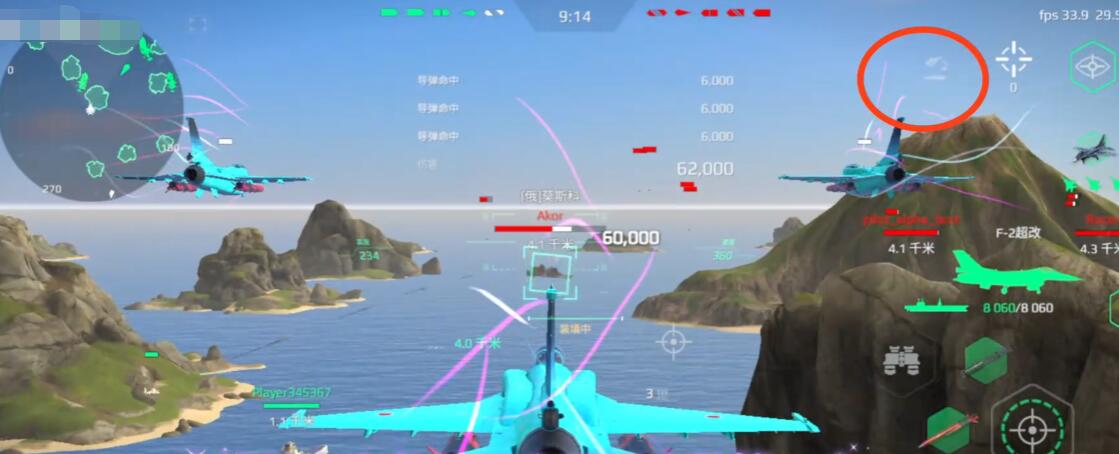
Returning is not only a resupply action but also a tactical skill. For example, pretending to return to lure enemy air defense units to expose their positions, and then having teammates concentrate fire to destroy them. When teaming up, returning aircraft can provide a brief view for teammates, assisting in locking onto hidden targets. However, the return command will interrupt the current attack, so ensure no critical targets are being locked. Choosing a carrier with fast resupply characteristics (such as the Fujian) can shorten the return time by 20%. Equipping navigation enhancement modules improves the accuracy of route planning and reduces detour losses. Prioritize upgrading the fuel efficiency of carrier-based aircraft (such as the F-35C's fuel-saving engine) to extend airborne time. New players are advised to carry more reconnaissance aircraft instead of performing high-risk return operations.
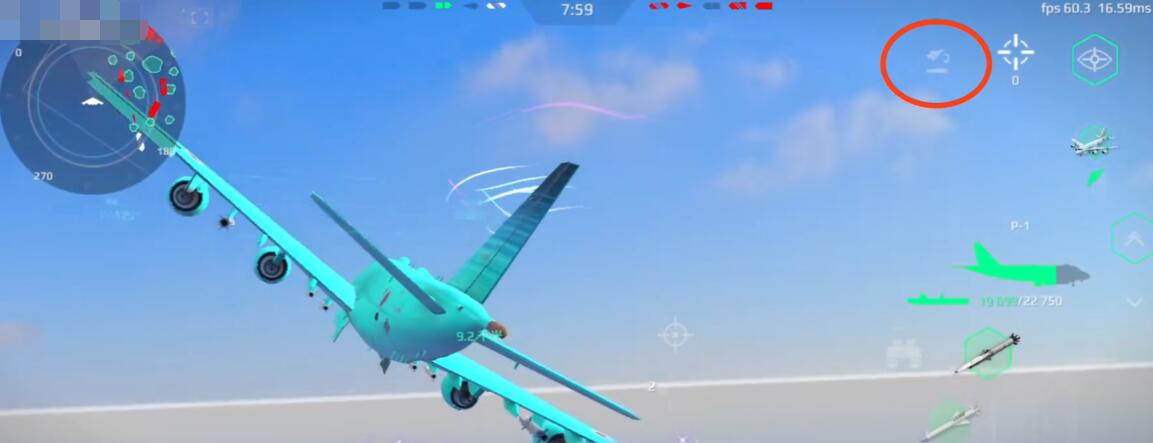
Learning the return operation can significantly enhance the sustained combat power of the carrier. As long as the operation is in place, the route planning is reasonable, and you add a bit of feint to confuse the opponent, you can reduce aircraft losses while maintaining pressure on the enemy. The key is to prefer missing one attack rather than letting all aircraft go without return, and flexibly decide when to recall the aircraft based on the battlefield situation.

